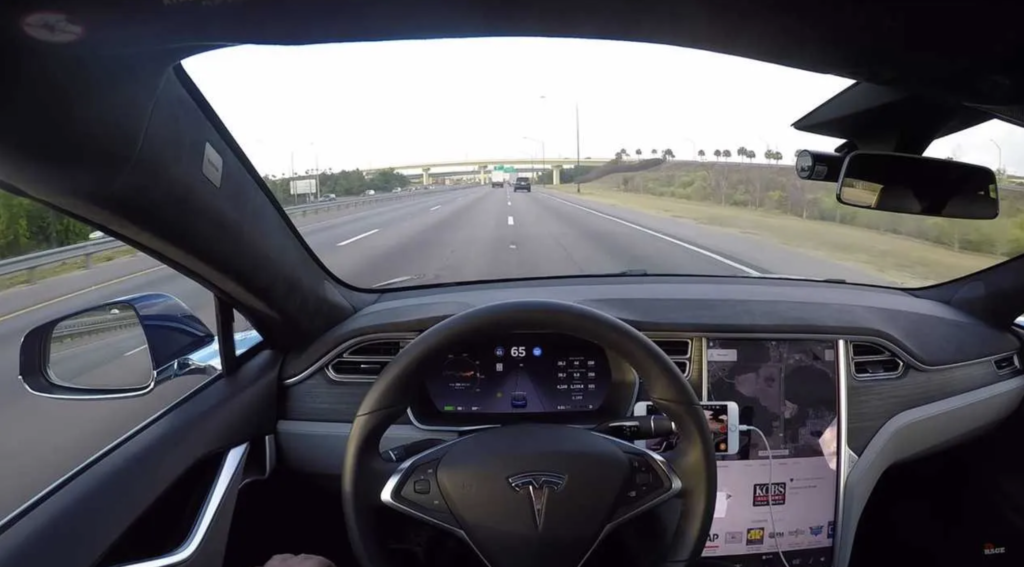What is Computer Vision
You may have heard of the term “computer vision” but not be entirely sure what it means. Put simply, computer vision is a method of teaching computers to interpret and understand digital images in the same way that humans do. This technology has a wide range of potential applications, from self-driving cars to retail customer service. You can read my blog post here about how along with other modern technologies it has the potential to disrupt the world. Here are a few real world computer vision examples.
Online Retail
One of the most basic applications of computer vision is object detection. This is when a computer is able to identify objects in an image and categorize them accordingly. For example, let’s say you own a store that sells clothing. You could use object detection to automatically sort through images of new clothing items and categorize them by type (e.g., blouses, jeans, dresses, etc.), color, size, etc. This would save you a lot of time and make it easier to keep track of your inventory.
Automated License Plate Readers
Automated license plate readers (ALPRs) are devices that use optical character recognition (OCR) to read vehicle registration plates. This information is then stored in a database and can be used for a variety of purposes, such as identifying stolen vehicles or tracking the whereabouts of wanted criminals. However, ALPRs have also been criticized for violating privacy rights, as they can be used to track an individual’s movements without their knowledge or consent.
Facial Recognition Technology
Facial recognition technology is a biometric Identification technique that uses computer vision to map an individual’s facial features and compare them to a database of known faces. This technology is often used for security purposes, such as identifying suspected criminals. A more common use of this in unlocking of modern smart phones. However, it has also been criticized for its potential to infringe on civil liberties, as it could be used for mass surveillance without individuals’ knowledge or consent.
Autonomous Vehicles
Autonomous vehicles are equipped with sensors and software that enable them to navigate without human input. This technology relies heavily on computer vision for tasks such as detecting obstacles and reading traffic signs. While autonomous vehicles are not yet widely available, they have the potential to revolutionize transportation by making it safer and more efficient.

Conclusion
Computer vision is a rapidly growing field with myriad potential applications. From self-driving cars to retail customer service, this technology is poised to change the way we live and work in the 21st century.
2 Comments
AI Applications that are Transforming Businesses - Omair Abbasi's Corner · September 21, 2022 at 12:42 am
[…] the previous blog post we discussed a few real world examples of Computer Vision which is a subset of Artificial […]
What is Computer Vision and Why is it Important? · October 31, 2022 at 12:55 am
[…] monitor environmental conditions, and provide guidance for autonomous vehicles. You can read this blog post to look at real world computer vision […]